What started off as a quest to evaluate FOSS money management apps ended up revealing an issue with PayPal that plagues even highly funded proprietary money management programs running on that other operating system.
This is both a review and a complaint, which often seems to go hand in hand in the tech world.
I’ve been looking for a financial management app recently. Since I closed a bricks and mortar store back in 2012 — after eight years it became yet another victim of the 2007 recession — I’ve been letting my business and personal bank accounts, along with my PayPal account, sort themselves out separately. Business has improved a bit recently, and the time has come to once again put all of my accounting eggs in the same basket, so to speak.

My plan was supposed to be easy, but you know what they say about well laid plans.
Christine Hall has been a journalist since 1971. In 2001, she began writing a weekly consumer computer column and started covering Linux and FOSS in 2002 after making the switch to GNU/Linux. Follow her on Twitter: @BrideOfLinux

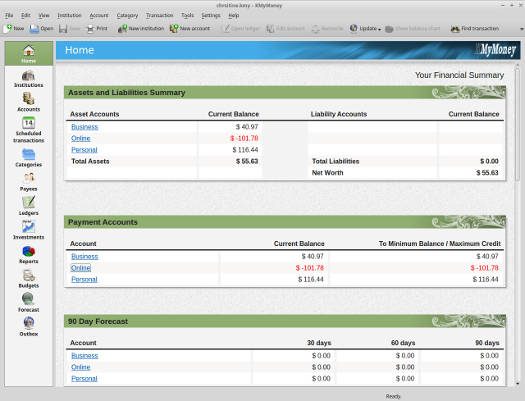
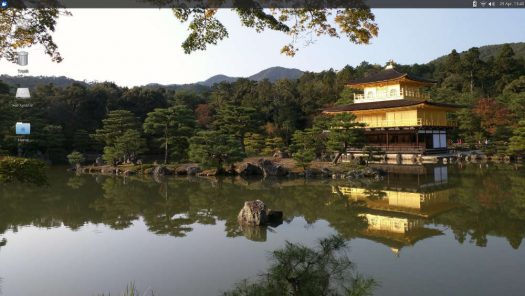
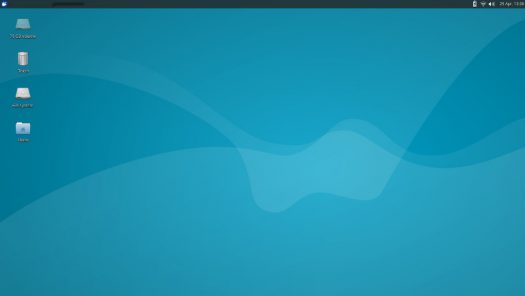



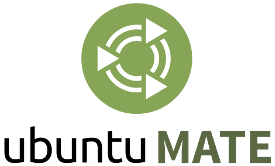 In this latest release, Ubuntu MATE now comes equipped with everything under the hood that Raspbian has to offer and then some. I’ll review some of the best parts about Ubuntu MATE and show why you might want to install Ubuntu MATE instead of Raspbian.
In this latest release, Ubuntu MATE now comes equipped with everything under the hood that Raspbian has to offer and then some. I’ll review some of the best parts about Ubuntu MATE and show why you might want to install Ubuntu MATE instead of Raspbian.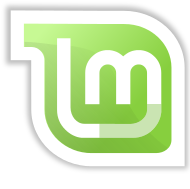 The good guys and gals at Linux Mint are on a roll, with three long-term support (LTS) releases in a row. It all started back in May of last year, with the release of 17.0, called Qiana, followed in January by
The good guys and gals at Linux Mint are on a roll, with three long-term support (LTS) releases in a row. It all started back in May of last year, with the release of 17.0, called Qiana, followed in January by 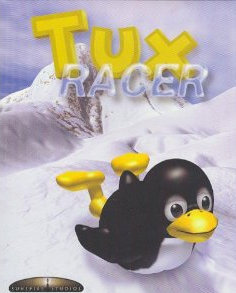
 The Bodhi development folks have been busy bees since lead developer Jeff Hoogland returned to retake his place beneath the Bodhi tree. First, there was the release of version 3.0.0 back in February. Then, a couple of weeks ago came the release of 3.1.0. Although this might be supposed to be a “minor” point grade release, it’s a “big deal” according to the distro’s website. Why? Because it introduces a new desktop called Moksha.
The Bodhi development folks have been busy bees since lead developer Jeff Hoogland returned to retake his place beneath the Bodhi tree. First, there was the release of version 3.0.0 back in February. Then, a couple of weeks ago came the release of 3.1.0. Although this might be supposed to be a “minor” point grade release, it’s a “big deal” according to the distro’s website. Why? Because it introduces a new desktop called Moksha.

 Since the introduction of Fedora.next — the umbrella program for the roadmap for the distro going forward — the distro comes in three basic flavors: Workstation, Server and Cloud. Workstation is the desktop/laptop version — and workstation version for businesses. Cloud and Server are pretty self-explanatory.
Since the introduction of Fedora.next — the umbrella program for the roadmap for the distro going forward — the distro comes in three basic flavors: Workstation, Server and Cloud. Workstation is the desktop/laptop version — and workstation version for businesses. Cloud and Server are pretty self-explanatory.